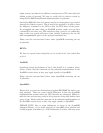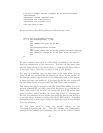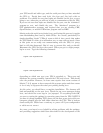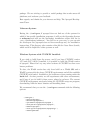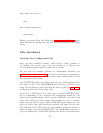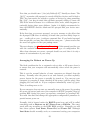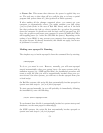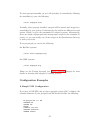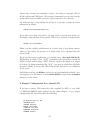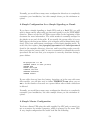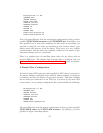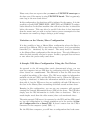
After which, you can do a:
make
And to install apcupsd, do:
make install
Finally, you should follow the Win32 (see Installation on Windows) instal-
lation instruction, skipping the part that describes unZipping the binary
release.
After Installation
Checking Your Configuration File
Once you have installed apcupsd, either from a binary package or
by building from source, your next step should be to inspect your
/etc/apcupsd/apcupsd.conf file to make sure it is valid.
You can read the complete reference on configuration directives (see
Configuration Directive Reference), but if you are setting up a normal stan-
dalone configuration you should only need to check (and possibly fix) the
first three items listed below.
Your UPSTYPE should be the UPS’s protocol type: dumb, apcsmart, usb,
net, snmp, or ether. Your UPSCABLE should be the type of cable you are
using. You should have gotten both from the table of types (see type table);
usually they will both be the string “usb”.
If you have a USB device, it is better not to specify a DEVICE direc-
tive by commenting it out. Apcupsd will automatically search for your
device in the standard places. If you specify a DEVICE, it should be the
name of the device (or device range) that apcupsd is to use to commu-
nicate with the UPS. If you’re using a USB UPS under Linux, you may
leave the device name field blank and apcupsd will search all the stan-
dard locations for the UPS. You may also explicitly specify the device lo-
cation as either /dev/usb/hid/hiddev[0-15] (on non-Red-Hat systems) or
/dev/usb/hiddev[0-15] (on Red Hat systems), but this is not recommended.
49




